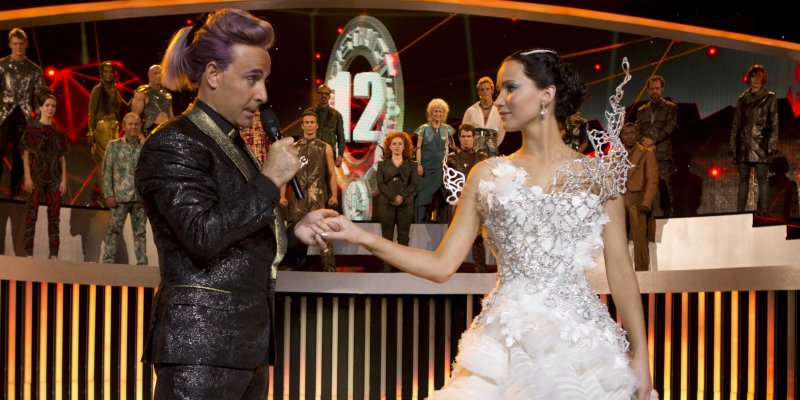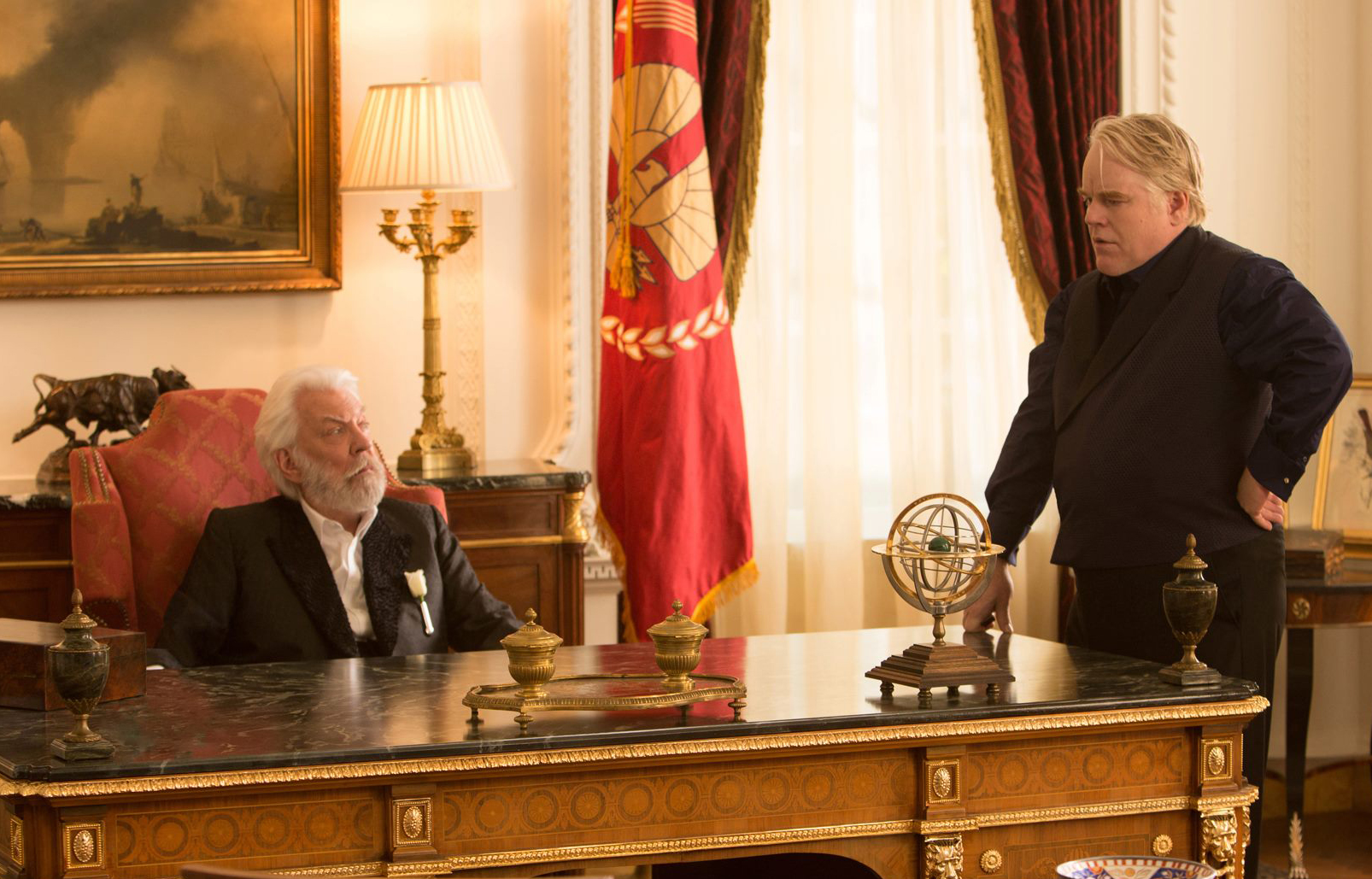REVIEW: 'The Hunger Games: Catching Fire'
I’ll admit that I’m more than a little skeptical about the recent surge in dystopian young-adult movies. The plots are so often the same: a young protagonist discovers something that sets him or her apart from the rest of society, and thanks to an attractive stranger and some colourful outcasts, they mount a rebellion against the established order. Roll credits.
It’s not that a dystopian setting is all that problematic – futuristic civilizations that have crumbled into corruption and ruin can make for fascinating stories. It’s that in this genre, we rarely have lead characters we can connect with, people who think and speak like real people. And to achieve that, filmmakers need a somewhat lucky combination of rich source material and a strong cast – elements that the new Hunger Games movie, Catching Fire, is fortunate enough to have.
You could be forgiven for writing off the new film as just another expensive, over-hyped release – there have been a lot of them this year. But under the direction of Francis Lawrence (I Am Legend, Water For Elephants), the Hunger Games series’ sophomore effort is confident, grounded and emotional (even when the special effects are whizzing past our heads in IMAX 3D).
First, a quick refresher course on the plot: Katniss Everdeen (Jennifer Lawrence) is a young woman living in a post-apocalyptic version of the United States called Panem. The country is divided into 12 districts that service a punishing, ultra-wealthy Capitol. As a reminder of the Capitol’s ability to quash rebellions, it has spent seventy-five years running a blood sport called the Hunger Games, a televised event where male and female children from each district fight to the death in a massive arena.
Katniss, along with her District 12 neighbour Peeta (Josh Hutcherson), survived the seventy-fourth Games in the last film by pretending to fall in love and threatening to kill themselves, rather than being forced to kill each other for the title. Catching Fire picks up with the outcome of this unprecedented tactic: Katniss and Peeta are sent on a victory tour around Panem, and must maintain the image of their love affair 24/7.
And the act must be convincing. The country’s tyrannical president, Coriolanus Snow (Donald Sutherland), is worried about uprisings in the districts, and threatens to kill Katniss’ and Peeta’s families if the happy couple can’t persuade the citizens that the Capitol is a benevolent authority. As you’d expect, the plan breaks down, and the Capitol decides to send a message of fear instead: forcing Katniss and other victors to compete in a deadlier, all-star Games.
Thankfully, the survivalist action of the new Games is left to the second half of the film – over the first hour, we spend most of our time with Katniss on tour, as she struggles with the intense expectations placed upon her. One side is telling her to be nice and friendly for the cameras, and quell an insurrection with her fake love affair. The other side is holding her up as the symbol of the revolution. But Katniss doesn’t identify with either of these images – she just wants to keep her head down and protect her loved ones.
Compared to many of the other young-adult characters offered up to the 13-30 demographic, Katniss is a remarkable whirlwind of ideas and emotions. And it’s always refreshing to see an actor as talented as Jennifer Lawrence take on this kind of character.
Lawrence nimbly sorts through the layers of responsibility, fear and confusion. Whereas some actors might only manage one piece at a time, Lawrence captures how Katniss simultaneously wrestles with her duty to the people and her own desire to be with the man she loves.
Lawrence is accompanied by a cast that almost seems too good for their comparatively small roles. Phillip Seymour Hoffman, as head gamemaker Plutarch Heavensbee, is only given a few scenes to play with, as are Woody Harrelson and Jena Malone. This is one of the few movies that might actually deserve an extended cut, if it means we can spend more time with the cast.
Technically, the film is produced with the same high calibre production values as the first film. The important difference, though, is that we can now appreciate the imaginative visuals through the film’s more stable cinematography (as opposed to Gary Ross’ shaky-cam style in the previous installment).
What most surprised me about The Hunger Games: Catching Fire is that it manages (at least for its first half) to be a true character study. That’s encouraging news, as the temptation with similar films is to slam a romantic subplot together with some hyper-edited action and call it a day. Themes of Katniss’ duty and responsibility blend with questions about her sanity, ideas that are sure to carry over into the next film. And while I can’t say I’m a die-hard fan of the series, for the first time, I’m actually interested in where it’s going to go.
The Hunger Games: Catching Fire gets three and a half stars out of four.
What did you think of the second Hunger Games movie? If you read the books, did it meet your expectations? Or is this just another blockbuster fantasy, like all the others released this year? Join the discussion in the comments section, and if you liked this review, share it with your friends and followers!




